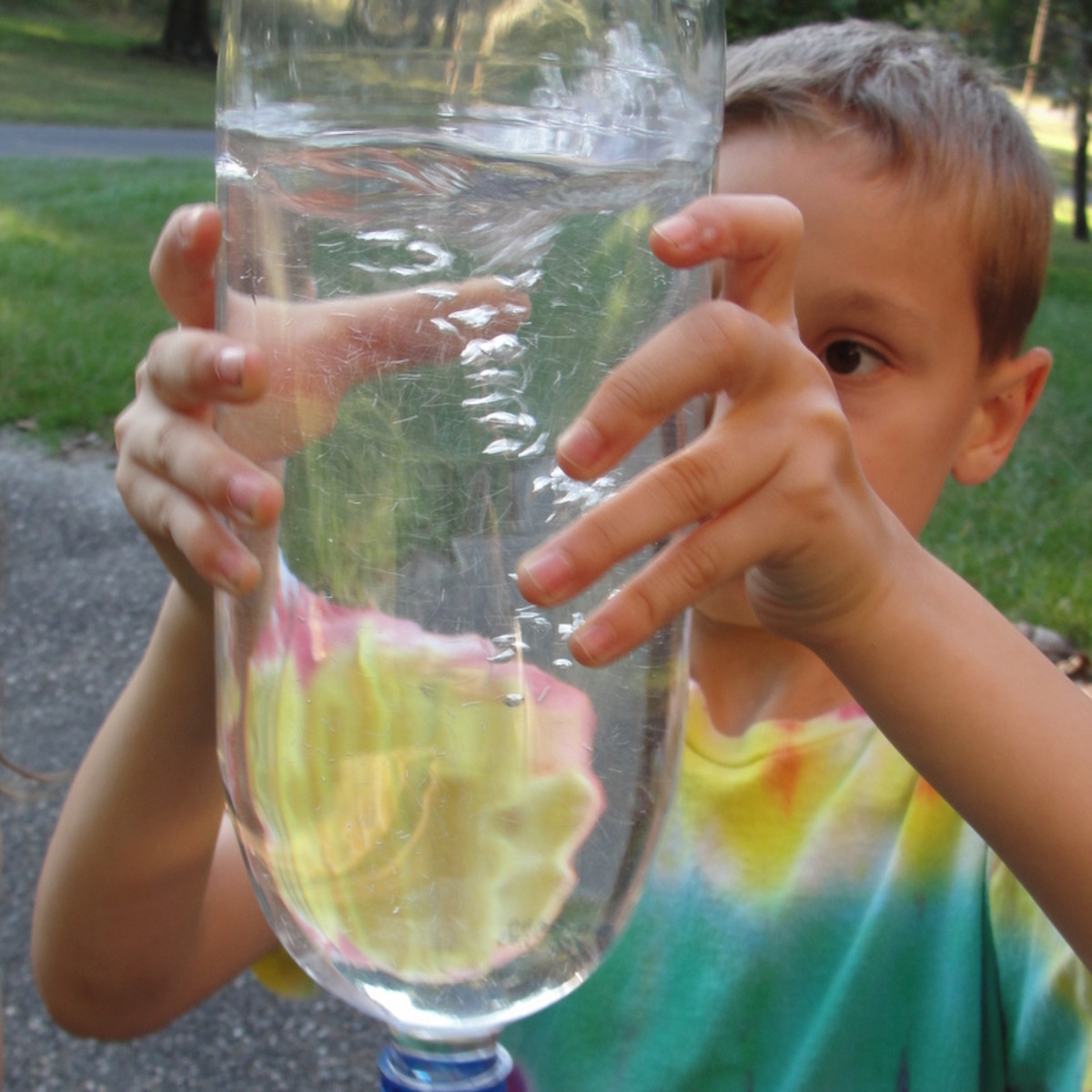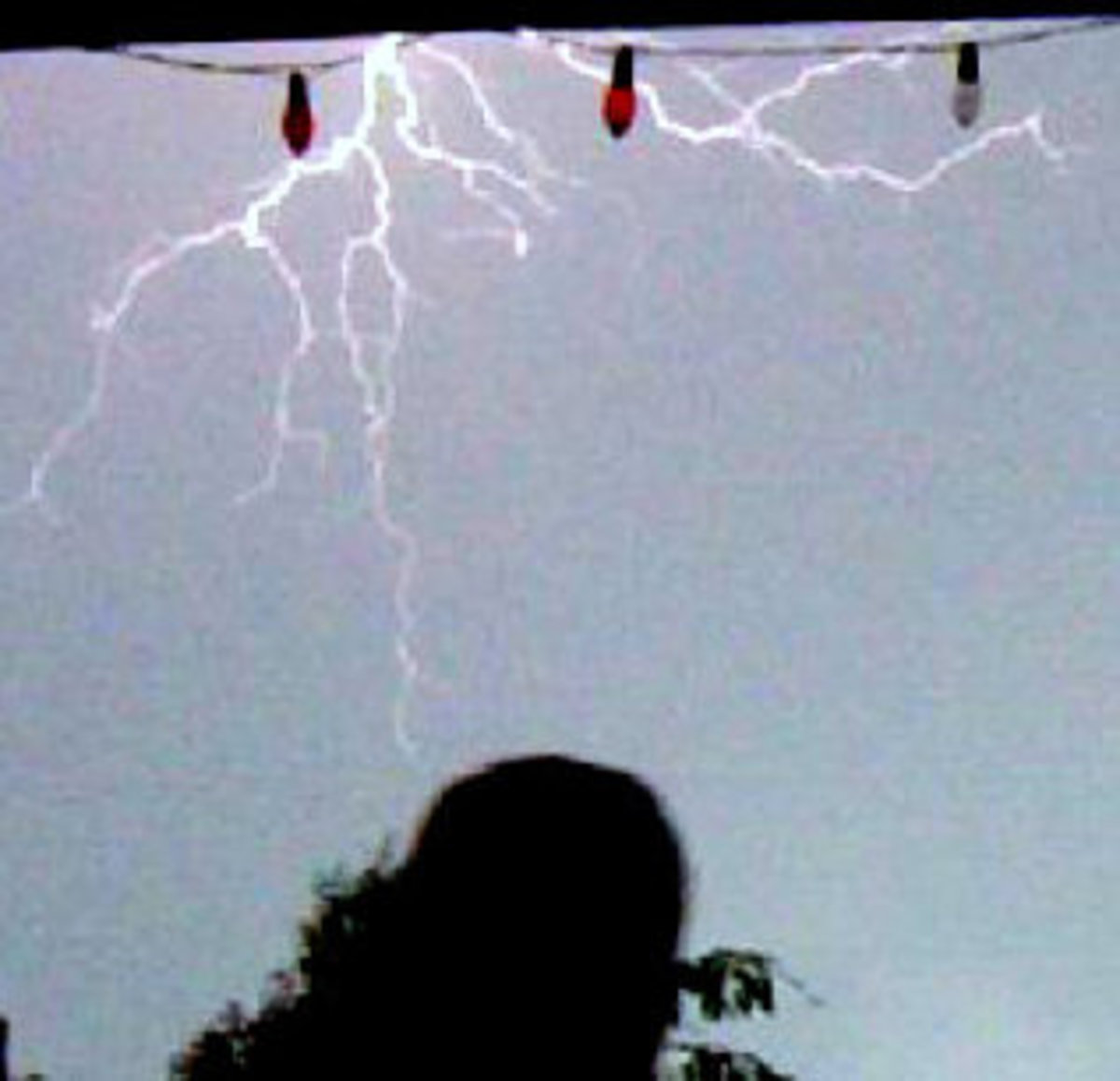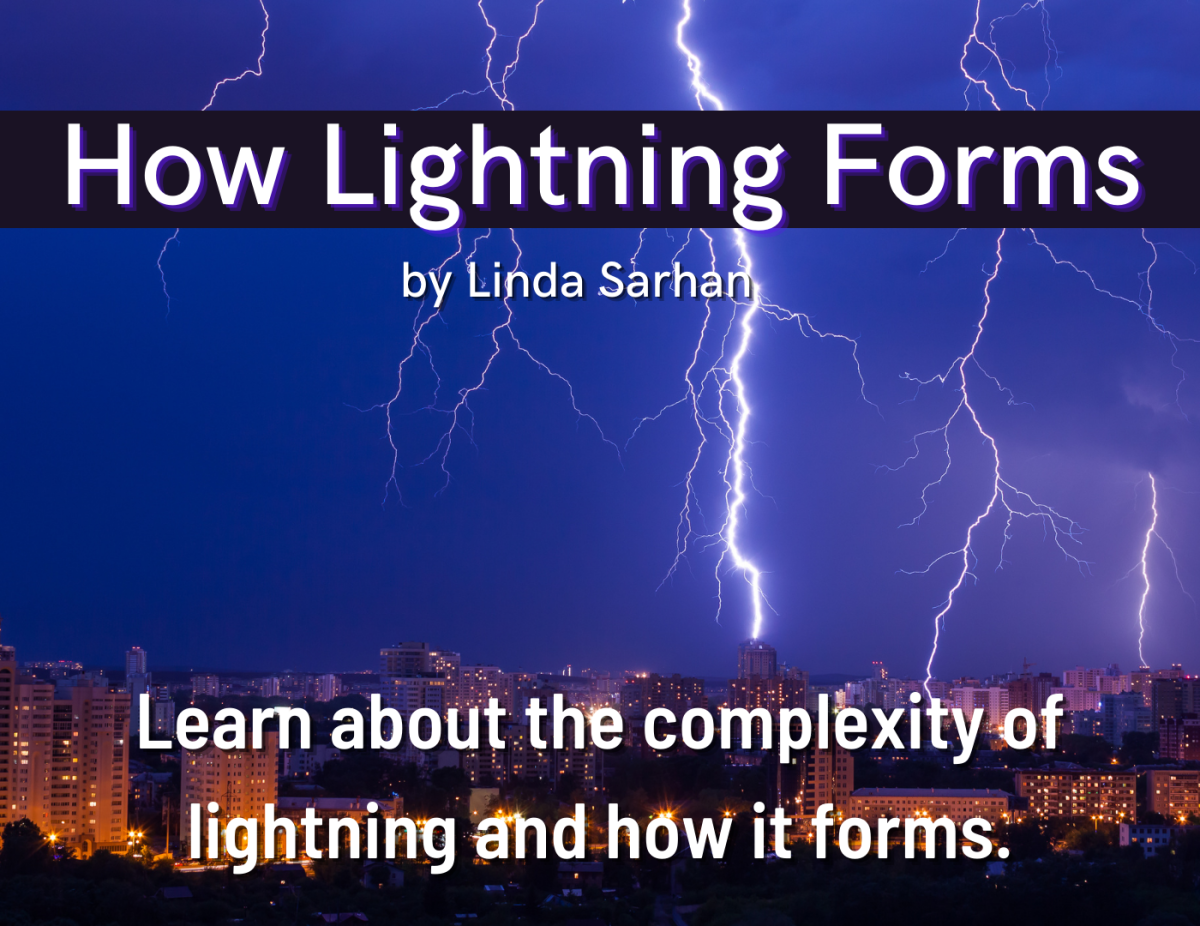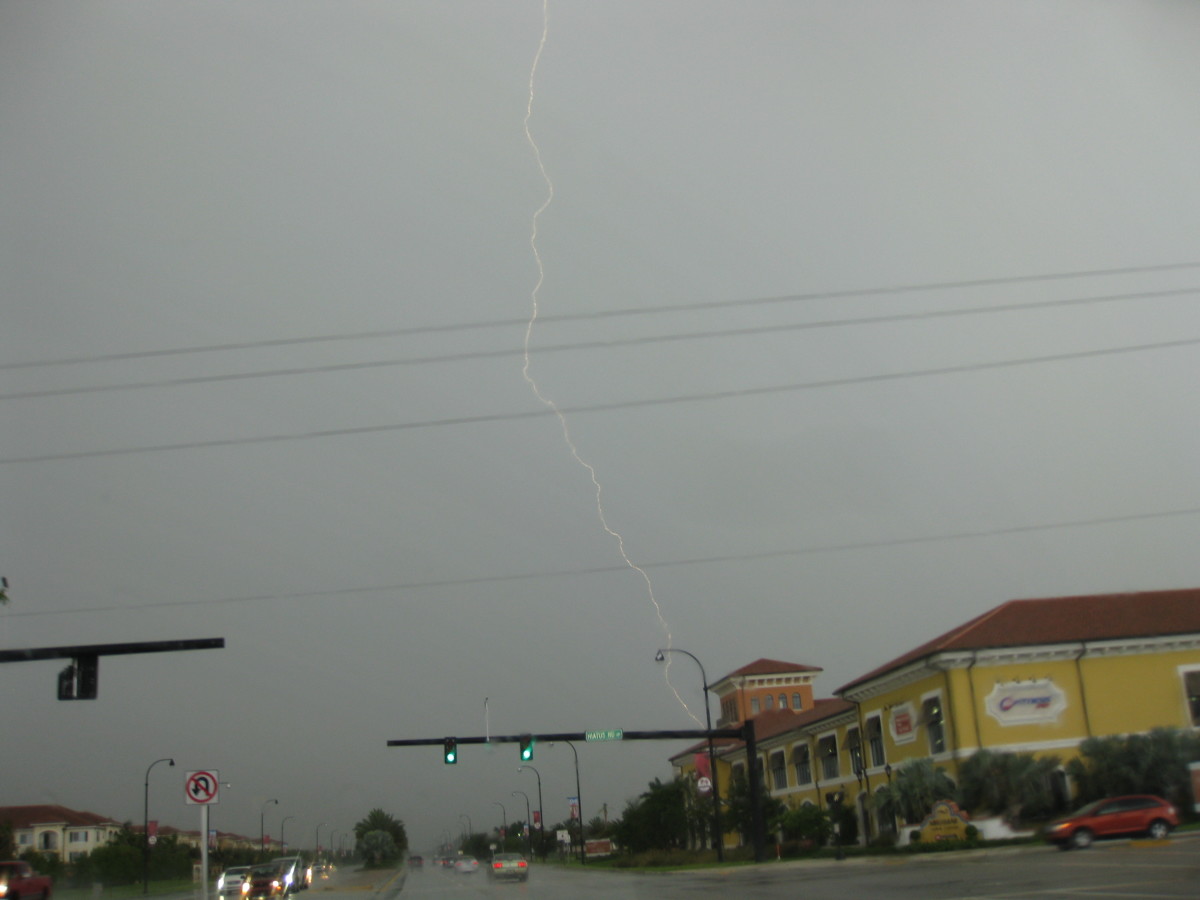Thunder and Lightning Storms
Thunder and Lightning Storms
Below is a video I made when I first moved into my new apartment, I was amazed at how many lightning strikes there were during a storm. There are a number of high rise condos where I live with very flat land all around it as you’ll see in the video. This makes the area a “hub for lightning” ; ) Even though I was not able to capture them all when it’s supposed to rain I always keep my camera in hand. I was able to get some still while editing the video, so I recommend that if you are going to try and get some quality pictures of lightning strikes try to get them on video, if your camera takes HD video even better as you will have high quality stills to choose from!
Lightning and Thunder
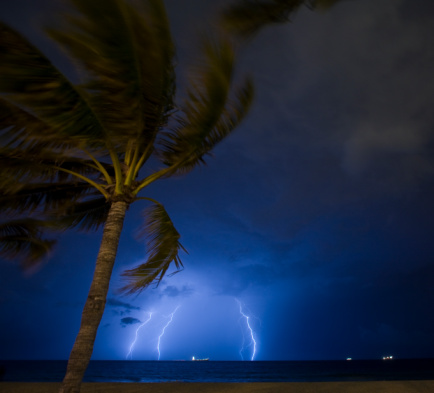
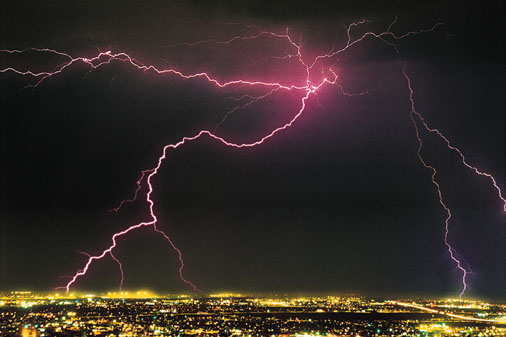
Lightning and Thunder
after trying to find the original movie i can no longer find it, the only copy lies embedded on my facebook page to see the movie follow the link but this also teaches me a lesson to never delete or at least back up my work. I guess I wasn't sure if I would use it again. so as a default I have thrown some cool lightning pictures up too
Lightning Storms Information
These are mainly ground flashes which are forked lightning, which is exactly what it sounds like. These strikes occur as the positive and negative areas in the clouds grow more distinct, an electric field is produced between the oppositely-charged thunder storm base and its top. These fields become stronger as they separate the atmosphere is a superb insulator that restrains electric flow. A vast amount of charge has to build up so that the force of the electric field overpowers the atmosphere's insulating attributes. A current of electricity forces a path through the air until it encounters something that makes a good connection. The current is discharged as a stroke of lightning!
Where there’s Lightning there’s Thunder
Lightning causes thunder. Thunder is the sound created by quickly expanding gases along a bolt of lightning. Energy from lightning heats the air to 18,000 degrees Fahrenheit. This creates a rapid expansion of the air, causing a sound wave to be heard as thunder. The initial tearing sound is usually caused by the sharp tear or crack heard in at close range.
Pretty cool, now you know what causes thunder and lightening try to capture it, that’s the true challenge!



